The perfect photo is that I am yet to take (Rai Reis)
Rai Reis sees himself much more as a professional photographer than an artist, but his body of work makes him the Mato Grosso photographer par excellence. And it is with this in mind that Rai, whose work inspires the visual identity of the Concertation’s digital channels, mainly captures the landscapes of Mato Grosso and of the sertanejo (inlander), a character that is always highlighted in his work.
A work in which the state of Mato Grosso and the photographer’s occupation intersect
Born in Cáceres, Rai has lived in Cuiabá since his teenage years. It was in the capital city of Mato Grosso that he began to practice photography, initially influenced by his father. Later, he became a professional photojournalist, and a fashion and design photographer. However, he is best known for his artistic and authorial work, in which his gaze is mobilized by images of his home state.
In a statement to the Concertation about his work and trajectory, Rai speaks of Mato Grosso. It is clear how much, for him, both things are convergent, if not identical. His sorrow shows when he speaks of the ever-increasing rate at which the environment is degrading in the state and the impact this has on traditional regional culture, in which the sertanejo is a central figure. His description of the landscapes and people of Mato Grosso is filled of affection and concern:
“Mato Grosso has three biomes: Pantanal, Cerrado and the Amazon. The northern portion (Amazon) is where the big business is, soy, cotton, corn. Further south, in the Poconé region, which is the gateway to the Pantanal, cultural traditions are still well-preserved, but the area is being dominated by mining activities, while large-scale plantations are moving forward. We’re not talking about small-scale mining, this is industrial mining.”
Rai says that people are drinking mercury-contaminated water in the region, which is undergoing major environmental degradation. In his opinion, there is no way one can be optimistic and think that this type of occupation will one day work.
On the other hand, the oldest occupation lies in the Cerrado region, where gold was discovered and exploited during the colonial period and where livestock farming supported mining. There, such development respected the idea of opening up parts of the territory and preserving others, composing a mosaic of preserved areas.
Further east, in the Amazon biome, lies Vila Bela da Santíssima Trindade, the first capital of the state, which is almost 300 years old. Located on the border with Bolivia, the sertanejo culture is fully preserved.
The Mato Grosso that stands is timeless
Rai has been photographing Vila Bela for over a decade. These photo records document the passage of time and capture the city under transformation, while also immortalizing the history that yet remains. Although he observes the degrading city, the collapsing of old colonial houses and the transforming urban area, the photographer overlays the beautiful images he captures of traditional culture on the anguish that arise from these circumstances. They are the Congada Congada, Congado or Congos Festival: A festival of African-Brazilian religious origin, which combines dance, singing and theater. The “Congos” are groups that parade and sing in procession, in honor of the patron saint (Saint Benedict or Our Lady of the Rosary, the “black” saints), the church of which is where the procession ends, in general. , the craftsmanship of instruments and clothing, music, cuisine, drinks.
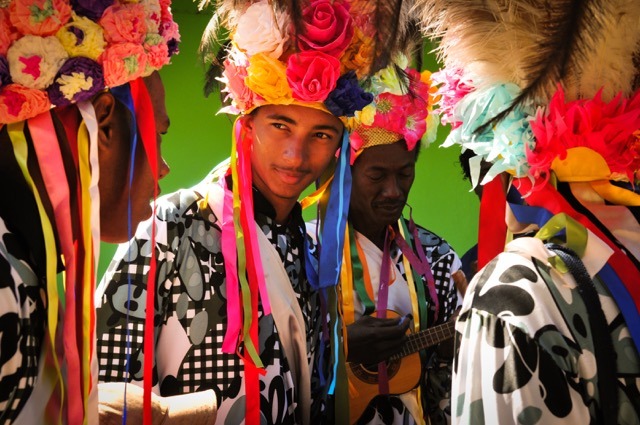

“There is no such thing as modern,” he says. When you photograph traditional festivities, you know you are witnessing an event that took place the exact same way as 200 years ago. It is an opportunity to break out of everyday life and immerse yourself in a routine you are unfamiliar with, to take great pleasure in your profession and escape the boredom and monotony of doing the same thing every day. For him, photography is not cold, “it is something that is done with one’s soul, with one’s history. It is memory and it is history.”
Rai is passionate about what he calls “deep Mato Grosso”, where the sertanejo is the hero of the harsh conditions in which life is produced in the territory, and the protagonist of the preservation of local traditions and culture.
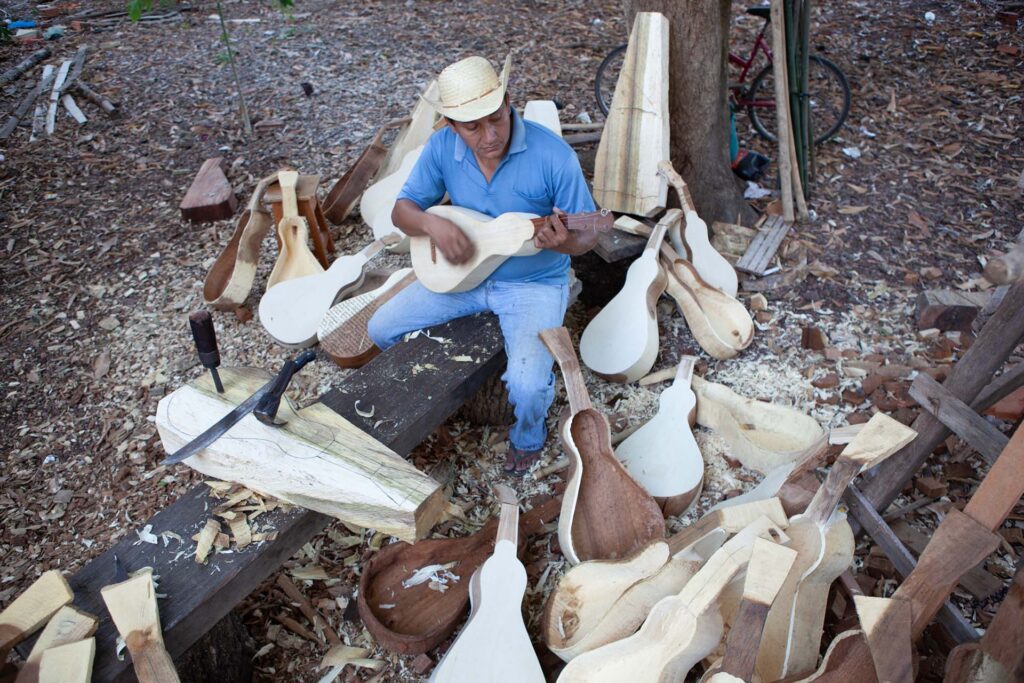
The sertanejo is a survivor
For Rai, the sertanejo in Mato Grosso is a survivor by definition. “This person is overlooked, living off cattle and farm work. In the past, they lived off harvesting, small-scale planting of cerrado products, and artisanal fishing. Now, we don’t know how long they’ll be able to survive,” he says.
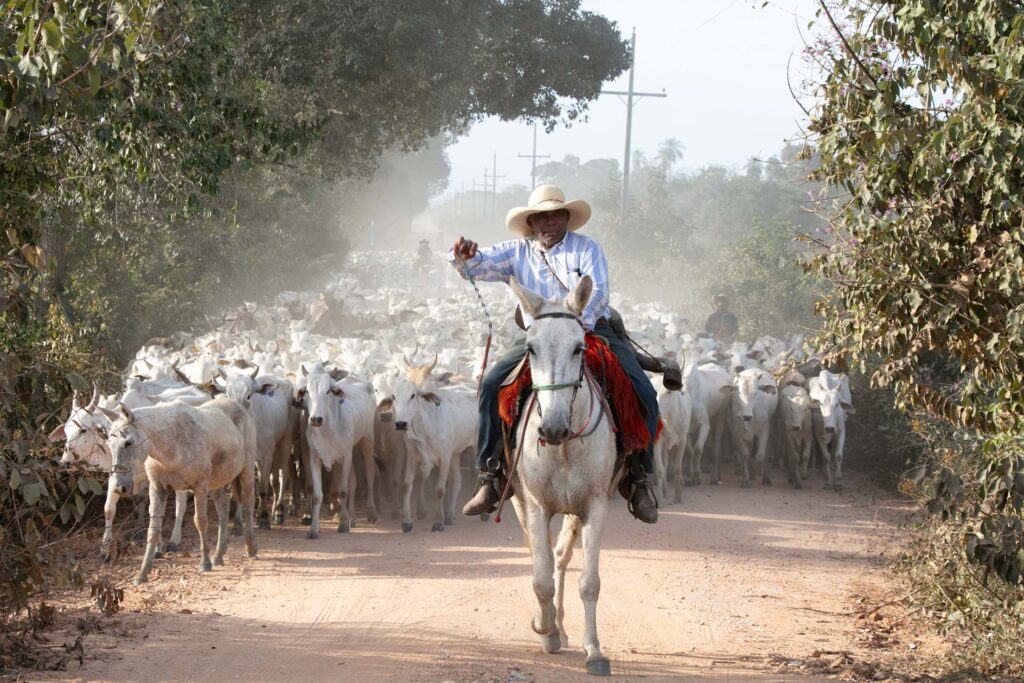
.
Rai goes after authentic cultural manifestations, which are an expression of local histories
The authorial photographer is, in his view, a kind of “image and moment hunter”. What moves him is a “good story”, captured by his trained eye for framing and light. This is why he travels around the state, photographing cities, traditions, ways of life, people’s breaks from life and festivities.
It is in this context of history and memory that, although he does not believe in “captions” for photographs, he comments on some of them:
Cowboy
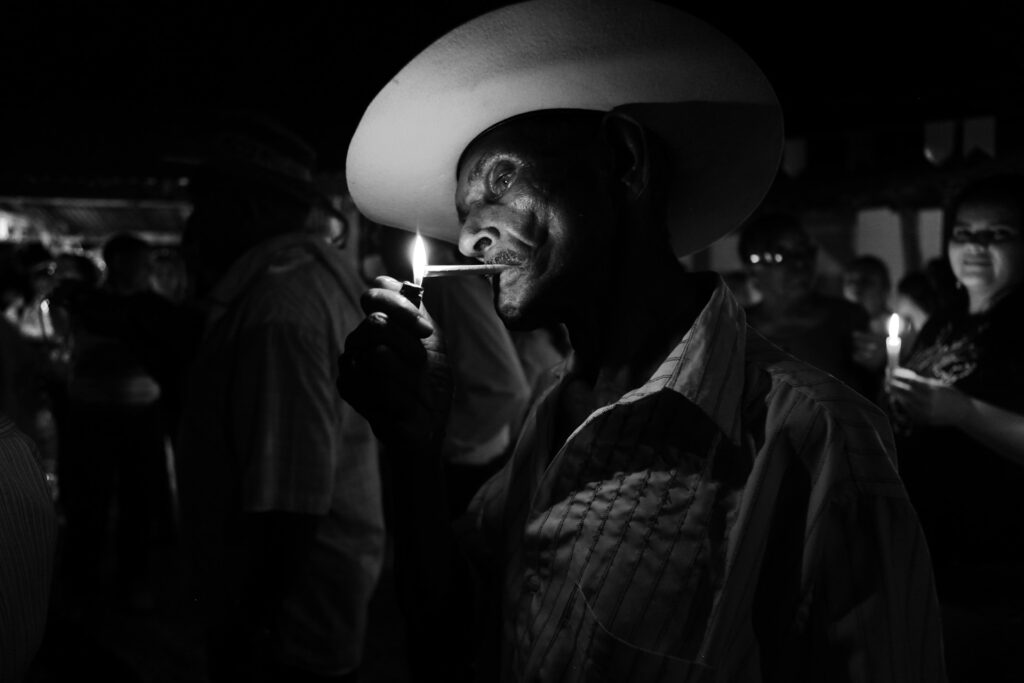
Tribute to Saint Benedict

Masked Dance and Cavalhada
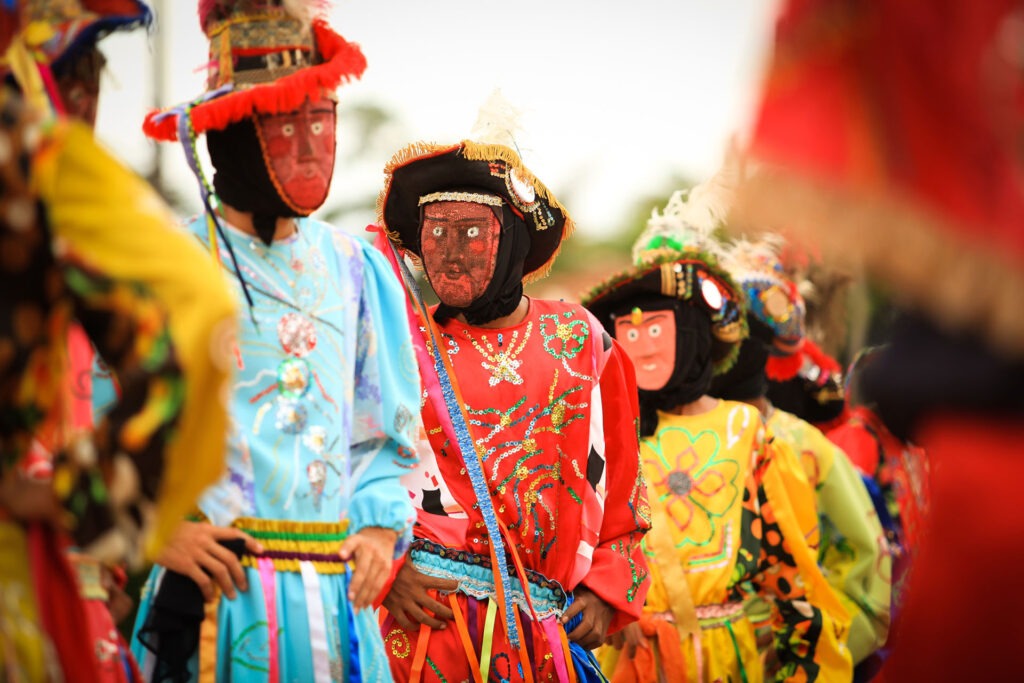

In these images, Rai portrays the Masked Dance and the Cavalhada, typical of the city of Poconé. Always masked and completely covered by typical clothing, he explains that only men participate in this dance. This is part of the Cavalhada festivities, a field representation of the fight between Christians and Muslims, which is part of the celebrations of the Feast of the Divine Holy Spirit and Saint Benedict.
Festa do Boi (Feast of the Ox)

Life on the farm
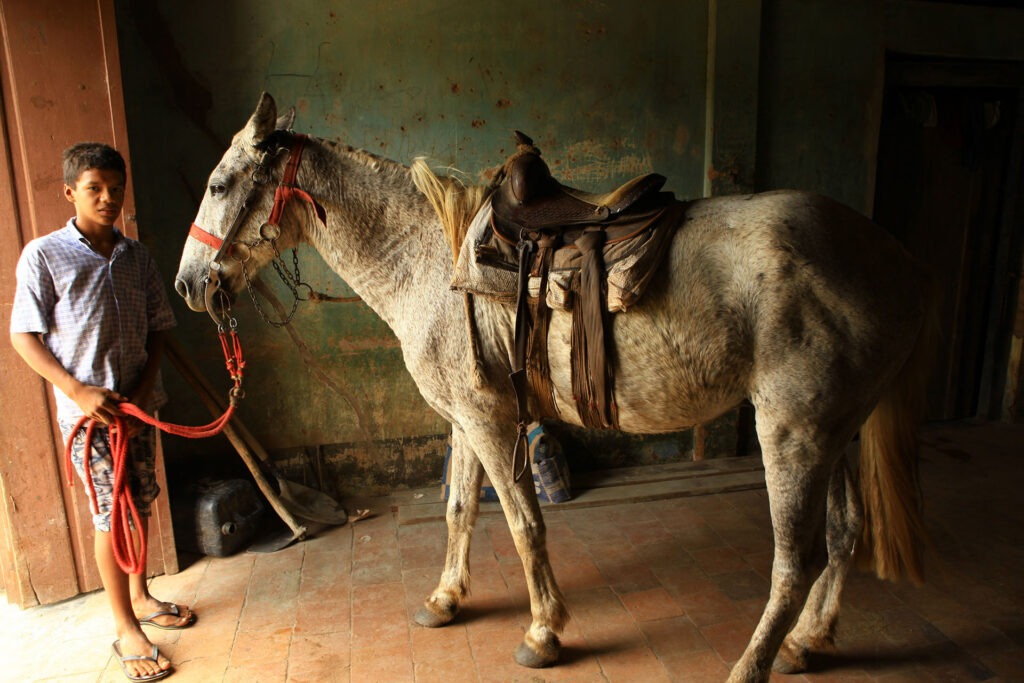
“I always get emotional when I look at my older photos, of simple folk. I go back to these places and see that time is passing by for the people I photographed as well. Sometimes I forget the photos I’ve taken. Over time, I will look back on the files, and see other things that I didn’t remember. They stand as a collection, as history”, he says.
